Protecting your home year-round requires thoughtful planning and regular upkeep to prevent costly repairs and extend your property’s lifespan. Whether you’re a homeowner looking to maintain your investment or a renter caring for someone else’s property, understanding seasonal home upkeep essentials is crucial. With the right strategies, you can ensure your home stays in excellent condition, no matter the season. This guide offers actionable tips, checklists, and insights to help you tackle seasonal maintenance with confidence. From preparing for winter to managing summer heat, we’ll cover everything you need to know to keep your home in top shape. Discover how experts recommend creating a _____________ for monthly and seasonal home maintenance to streamline your efforts. Stay ahead of potential issues and enjoy the peace of mind that comes with a well-maintained home. Let’s dive into the details and explore the best practices for keeping your property in pristine condition all year long.
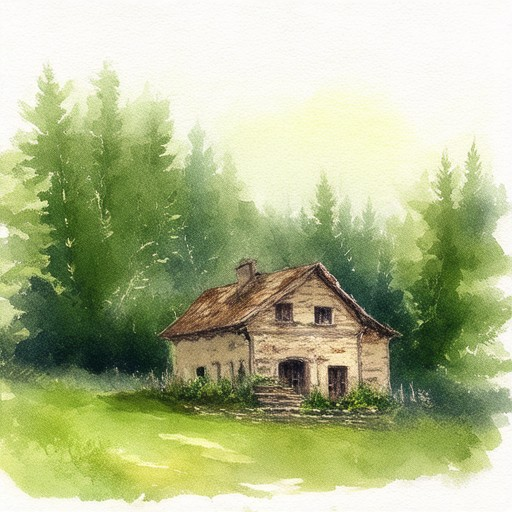
How to Maintain a Seasonal Home
Maintaining a seasonal home requires consistent effort to ensure it stays in great shape year-round. Here’s a detailed guide to help you manage the upkeep effectively:
- Inspect for Damage – Check the property for signs of wear and tear, including roof leaks, peeling paint, and structural issues.
- Clean and Declutter – Remove debris from gutters, windows, and vents. Organize interior spaces to prevent clutter buildup.
- Test Systems – Ensure plumbing, electrical systems, and HVAC equipment are functioning properly. Schedule regular inspections for these components.
- Secure the Property – Fix any loose boards, windows, or doors. Trim trees and bushes to prevent encroachment on the property lines.
- Protect Against Pests – Inspect for pests like rodents, insects, and termites. Seal entry points and apply treatments as needed.
- Check for Leaks – Examine pipes, hoses, and sprinklers for leaks. Address any issues promptly to prevent further damage.
- Update Landscaping – Trim grass, weeds, and shrubs. Maintain pathways and ensure drainage systems are clear.
- Inspect the Foundation – Look for cracks or shifts in the foundation. Apply sealant to prevent moisture intrusion.
- Service Appliances – Clean and service HVAC, water heaters, and appliances to ensure they operate efficiently.
- Check for Fire Hazards – Inspect chimneys, fireplaces, and electrical systems for potential fire risks.
- Prepare for Weather Events – Clear debris from roofs and ensure the property is secure against potential weather damage.
- Document Maintenance – Keep records of inspections, repairs, and maintenance activities for future reference.
By following these steps, you can maintain your seasonal home in excellent condition, ensuring it remains safe, functional, and attractive for years to come.
What Yearly Home Maintenance Does Every House Need?
Every house requires regular maintenance to ensure its longevity, safety, and functionality. Here’s a comprehensive guide to the essential tasks:
Exterior Maintenance
- Roof Inspection: Check for missing shingles, cracks, or damage caused by weather.
- Siding Check: Look for peeling paint, warping, or loose panels.
- Window and Door Frames: Inspect for rot, rust, or gaps.
- Gutter Cleaning: Remove debris and check for leaks or blockages.
- Deck and Walkway Safety: Replace rotten wood and secure loose railings.
- Pressure Washing: Clean exterior surfaces to prevent mold and dirt buildup.
Interior Maintenance
- Flooring: Check for loose tiles or uneven spots and clean grout lines.
- Wall Checks: Look for cracks, peeling paint, or water stains.
- Plumbing Leaks: Examine under sinks and around pipes for signs of leaks.
- Appliance Maintenance: Clean vent pipes, check the dryer vent, and inspect the water heater.
- Smoke Detectors and Carbon Monoxide Levels: Test devices and ensure they’re functioning properly.
Heating, Ventilation, and Air Conditioning (HVAC)
- HVAC Service: Schedule a professional to clean, inspect, and service units.
- Filter Changes: Replace or clean air filters to improve efficiency.
- Ductwork Check: Ensure they’re clean and free from leaks.
Plumbing and Water Systems
- Water Heater Check: Inspect for corrosion or leaks and ensure it’s operating efficiently.
- Drainage Systems: Clear clogs and check for backups or slow drains.
- Hot Water Heater Pressure Test: Verify it’s set to the recommended pressure level.
Electrical Systems
- Outlet and Switch Inspections: Check for tripped breakers or flickering lights.
- Ground Fault Circuit Breaker Testing: Ensure it’s functioning properly.
- Lighting Fixtures: Dust and tighten any loose bulbs or switches.
Landscaping and Outdoor Features
- Lawn Care: Mow, edge, and fertilize grass areas.
- Tree and Bush Pruning: Trim branches to prevent damage to your home or power lines.
- Sprinkler System Check: Ensure it’s working correctly and adjust settings as needed.
- Patio and Deck Maintenance: Fill cracks, reapply sealant, and remove weeds.
Additional Tips
- Professional Inspection: Consider hiring a home inspector for a thorough check.
- Home Maintenance Checklist: Create a personalized schedule based on your home’s needs.
- Stay Updated: Review local building codes and regulations annually.
By addressing these tasks, you’ll ensure your home remains in great shape and reduce the risk of costly repairs down the line. For more detailed guides and resources, visit Lowe’s or explore our maintenance guides .
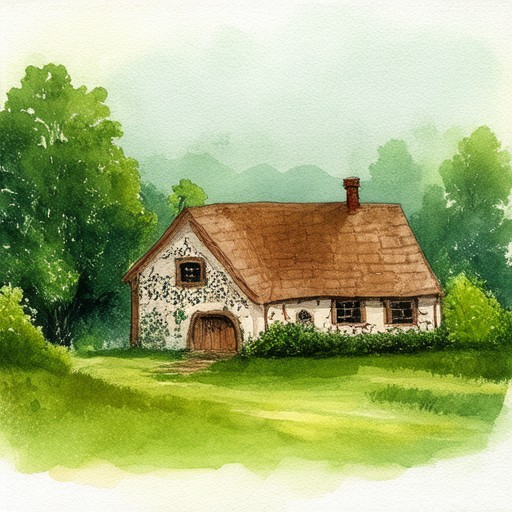
What is Seasonal Maintenance?
Seasonal maintenance refers to a series of tasks performed on a property to prepare it for changing weather conditions and to prevent issues before they escalate. It involves checking and maintaining various systems and components of a home or property to ensure they function properly throughout the year. Regular seasonal checks can save money in the long run by preventing costly repairs and extending the lifespan of equipment and structures.
Seasonal maintenance is particularly important for properties exposed to harsh weather conditions, such as heavy rain, snow, wind, or heat. By addressing potential problems early, homeowners can avoid emergencies and maintain the integrity of their homes.
Why is Seasonal Maintenance Important?
- Saves Money: Prevents minor issues from becoming major problems, reducing the need for expensive repairs.
- Extends Equipment Life: Regular inspections and servicing of systems like HVAC, plumbing, and electrical components can keep them running efficiently.
- Prevents Emergencies: Identifies and fixes potential hazards before they lead to unexpected breakdowns or damage.
- Improves Energy Efficiency: Ensures systems like HVAC are functioning optimally, reducing energy waste and utility bills.
Seasonal Maintenance Checklist
- Inspect HVAC System: Clean or replace air filters, check ductwork for leaks, and ensure the heating and cooling systems are operating efficiently. Learn more about air filter maintenance .
- Check Gutters and Downspouts: Remove debris and ensure they are properly aligned to direct water away from the house and foundation.
- Test Sump Pump: Ensure the sump pump is working correctly to remove excess water from basements or crawl spaces during heavy rainfall.
- Examine Roofing: Look for missing shingles, cracks, or damaged areas that need repair or replacement.
- Service Plumbing Systems: Inspect pipes for leaks, check water pressure, and ensure all fixtures are functioning properly.
- Inspect Electrical Systems: Look for tripped circuit breakers, loose wires, or outdated wiring that may need upgrading.
- Check Fire Safety Devices: Test smoke detectors, carbon monoxide detectors, and fire extinguishers to ensure they are in proper working condition.
- Service Lawn and Garden Equipment: Oil and filter changes, belt tension checks, and blade sharpening for lawn mowers and other outdoor tools.
By following this seasonal maintenance checklist, homeowners can ensure their properties are prepared for whatever the season may bring, promoting longevity and reliability.
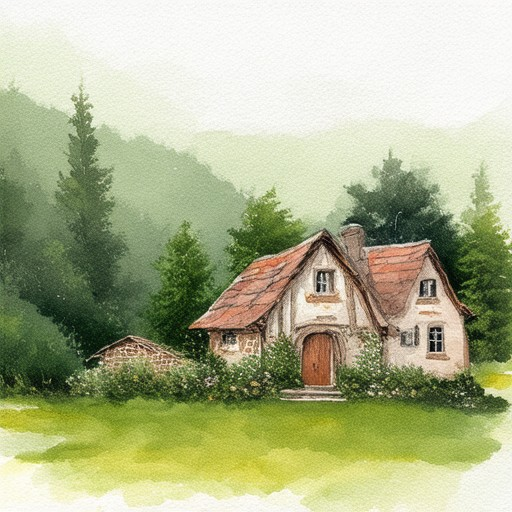
How to Take Care of Your House in the Winter
Winter can be harsh on your home, requiring specific care to prevent damage and ensure comfort. Here’s a guide to maintaining your house during colder months:
1. Heating System Maintenance
- Furnace Check: Schedule a professional inspection to ensure your furnace is operating efficiently and safely.
- Ductwork Inspection: Clean out any dust, dirt, or debris to improve airflow and efficiency.
- Air Filter Replacement: Change or clean your furnace filter regularly to prevent blockages and reduce strain on your system.
2. Pipe and Water Supply Protection
- Pipe Insulation: Wrap exposed pipes in your crawlspace or garage with insulation materials to prevent freezing.
- Outdoor Spigots: Turn off outdoor water valves to protect against freezing temperatures.
- Interior Fixtures: Keep bathroom and kitchen faucets running to prevent freezing, especially in areas prone to cold drafts.
3. Window and Door Maintenance
- Weatherproofing: Apply caulk or weatherstripping around windows and doors to reduce drafts and energy loss.
- Window Insulation: Consider installing energy-efficient window treatments to enhance warmth and reduce heating costs.
4. Gutter and Downspout Care
- Clean Gutters: Remove leaves, debris, and ice dams to prevent water buildup and foundation damage.
- Downspout Check: Ensure downspouts are clear to allow water to drain away properly and avoid pooling around your home.
5. Roof Inspection
- Inspect for Damage: Look for missing shingles or worn-out roofing material, especially in high-traffic areas like valleys and eaves.
- Ice Dam Removal: Use a safe method to remove ice dams to prevent water seeping under your roof and causing structural issues.
6. Exterior Surface Preparation
- Decks and Patios: Treat surfaces with a salt or sand mixture to melt ice and prevent slips, while being cautious not to overuse chemicals harmful to plants.
- Walkways: Clear snow and ice promptly to ensure safe passage and prevent accidents.
7. Fireplace and Chimney Care
- Chimney Cleaning: Remove nests and debris from flues to ensure proper ventilation and prevent fire hazards.
- Crack Inspection: Examine the chimney for cracks or damage to the flue liner that could lead to dangerous gases escaping into living spaces.
8. Attic and Basement Maintenance
- Moisture Control: Inspect for leaks or condensation and use dehumidifiers to maintain a dry environment, preventing mold growth.
- Basement Waterproofing: Ensure walls and floors are free from moisture to avoid water damage and structural issues.
9. Electrical System Checks
- Outlet and Switch Inspections: Look for signs of damage or wear, especially in areas exposed to cold or moisture.
- Cord Safety: Check cords for fraying or damage to prevent electrical fires and ensure they are securely plugged in.
10. Plumbing Fixture Care
- Fixtures Functionality: Test sinks, toilets, and showers to ensure they’re working properly and won’t freeze during cold spells.
- Low-Flow Fixtures: Ensure these are functioning correctly to conserve water and energy usage.
11. Yard Work Preparation
- Gutter Cleaning: As mentioned earlier, keep gutters clear to handle winter storm runoff effectively.
- Tree Trimming: Remove dead branches that could fall under the weight of snow or ice, posing a risk to your property and power lines.
- Clear Walkways: Keep paths and driveways free of snow and ice to maintain accessibility and safety.
12. Professional Inspections
- Chimney and HVAC Systems: Have professionals check these systems annually to ensure they’re operating safely and efficiently.
- Maintenance Agreements: Consider entering into a contract with trusted service providers for regular checks and updates.
By following these steps, you’ll ensure your home remains protected and comfortable throughout the winter season.
What Do Snowbirds Do With Their Houses?
Snowbirds, those who relocate to warmer climates during colder months, have unique approaches to managing their properties. Here’s a breakdown of their activities:
- Primary Residence Management :
- Regular maintenance, including lawn care, seasonal decorations, and utility checks, ensures their primary home remains comfortable and secure during their absence.
- They may employ neighbors, property managers, or maintenance services to handle tasks they can’t do themselves.
- Secondary Home Care :
- Many snowbirds rent out their vacation homes when not in use, generating additional income.
- Others use these properties for family gatherings, events, or as investment opportunities, often upgrading them to enhance value and functionality.
- Property Management Strategies :
- Tax and insurance considerations are managed, often requiring professional assistance.
- Security measures, such as smart home systems or surveillance, protect their properties.
- Maintenance services are retained to handle tasks like landscaping or plumbing.
- Financial and Legal Planning :
- Financial strategies include rental income, investments, or using one home as a tax shelter.
- Legal arrangements, such as property usage agreements, ensure clear ownership and usage rights.
- Travel and Lifestyle Balance :
- Snowbirds plan travel schedules to maximize time in warmer climates without conflicting usage.
- They balance their primary lifestyle with the joys of a second home, often involving family and friends in shared experiences.
By thoughtfully managing both properties, snowbirds enjoy the benefits of flexible living while maintaining the comfort and security of their primary home.
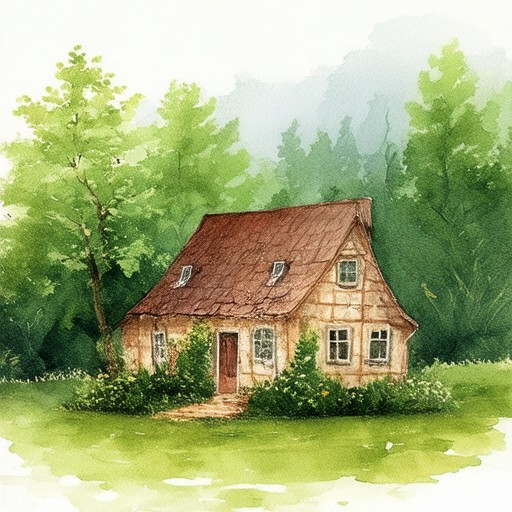
How Cold is Too Cold for a House in Winter?
Determining the ideal indoor temperature for your home during winter involves balancing comfort, energy efficiency, and personal preference. While there isn’t a universal “too cold” threshold, certain conditions can help you decide whether your home is comfortable or not.
What Makes a Temperature Too Cold?
- Humidity Levels: High humidity can make a room feel colder due to moisture buildup, leading to discomfort and potential mold growth.
- Energy Efficiency: Lowering your thermostat too much can increase heating costs and strain on your HVAC system.
- Comfort Needs: Everyone has different preferences, but most people find temperatures below 68°F uncomfortable for extended periods.
Factors Influencing Winter Comfort
- Sleeping Temperature: Most people sleep best between 60°F and 68°F. Below 60°F may cause shivering and disrupt sleep.
- Awake Temperature: During the day, many prefer warmer temperatures, often around 70°F to 75°F, depending on activity levels.
- Home Size and Layout: Larger spaces may feel cooler at lower temperatures, while smaller, well-insulated homes can stay warm at lower settings.
Recommended Minimum Temperatures
- Nighttime (While Sleeping): Aim for 60°F to 68°F for optimal comfort.
- Daytime (When Home is Active): Maintain a warmer temperature, ideally above 68°F, to enhance comfort during activities.
Conclusion
Your home’s ideal winter temperature depends on several factors. aim to find a balance that keeps you comfortable without unnecessarily increasing your energy usage. Consider using programmable thermostats to adjust temperatures based on your lifestyle, and ensure your home is well-insulated to maintain warmth efficiently.
For further reading on optimizing your home’s comfort, visit our home maintenance guide or explore tips on energy efficiency .

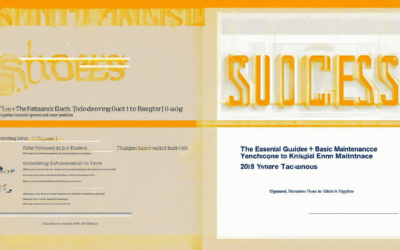
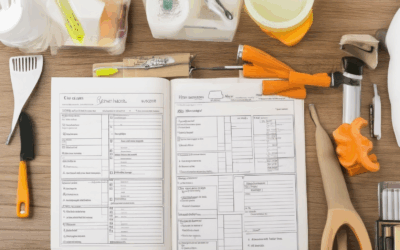

0 Comments